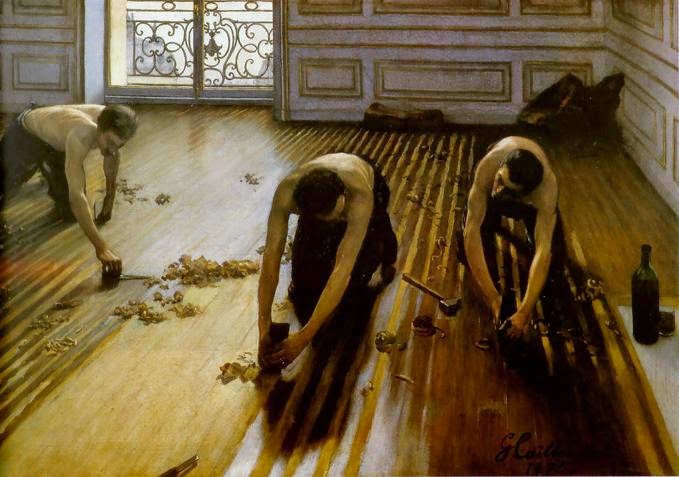I really like these pieces by German jewellery designer Daniela Osterrieder. They are based on the shapes and textures of butterfly wings. They manage to perfectly capture the fragility and texture of their subject beautifully, even though they are made from precious metals.
They resemble early Greek and Roman micro-mosaic work which comprised of tiny pieces of tesserae (glass panels) set into a base. Micro-mosaics were popular, and produced at their best examples during the 18th-19th centuries when micro-mosaic jewellery would be worn by ladies of wealth whilst completing the Grand Tour. Coincidentally during this period micro-mosaics were also made using the real iridescent scales of butterflies.
Osterrieder's pieces are so tactile, they are just begging to be touched and handled, as well as worn.
Compare the texture of Osterrieder's work to Nature's real life examples of butterfly wings viewed through a microscope below. The microscopic examples of real butterflies are amazing for their colour and pattern.


















































